Environmental Statistics —— Methods and Applications
----- 环境统计学:方法与应用
Preface. Chapter 1: Introduction. 1.1 Tomorrow is too Late! 1.2 Environmental Statistics. 1.3 Some Examples. 1.3.1 'Getting it all together'. 1.3.2 'In time and space'. 1.3.3 'Keep it simple'. 1.3.4 'How much can we take?' 1.3.5 'Over the top'. 1.4 Fundamentals. 1.5 Bibliography. PART I: EXTREMAL STRESSES: EXTREMES, OUTLIERS, ROBUSTNESS. Chapter 2: Ordering and Extremes: Applications, models, inference. 2.1 Ordering the Sample. 2.1.1 Order statistics. 2.2 Order-based Inference. 2.3 Extremes and Extremal Processes. 2.3.1 Practical study and empirical models generalized extreme-value distributions. 2.4 Peaks over Thresholds and the Generalized Pareto Distribution. Chapter 3: Outliers and Robustness. 3.1 What is an Outlier? 3.2 Outlier Aims and Objectives. 3.3 Outlier-Generating Models. 3.3.1 Discordancy and models for outlier generation. 3.3.2 Tests of discordancy for specific distributions. 3.4 Multiple Outliers: Masking and Swamping. 3.5 Accommodation: Outlier-Robust Methods. 3.6 A Possible New Approach to Outliers. 3.7 Multivariate Outliers. 3.8 Detecting Multivariate Outliers. 3.8.1 Principles. 3.8.2 Informal methods. 3.9 Tests of Discordancy. 3.10 Accommodation. 3.11 Outliers in linear models. 3.12 Robustness in General. PART II: COLLECTING ENVIRONMENTAL DATA: SAMPLING AND MONITORING. Chapter 4: Finite-Population Sampling. 4.1 A Probabilistic Sampling Scheme. 4.2 Simple Random Sampling. 4.2.1 Estimating the mean, X. 4.2.2 Estimating the variance, S2. 4.2.3 Choice of sample size, n. 4.2.4 Estimating the population total, XT. 4.2.5 Estimating a proportion, P. 4.3 Ratios and Ratio Estimators. 4.3.1 The estimation of a ratio. 4.3.2 Ratio estimator of a population total or mean. 4.4 Stratified (simple) Random Sampling. 4.4.1 Comparing the simple random sample mean and the stratified sample mean. 4.4.2 Choice of sample sizes. 4.4.3 Comparison of proportional allocation and optimum allocation. 4.4.4 Optimum allocation for estimating proportions. 4.5 Developments of Survey Sampling. Chapter 5: Inaccessible and Sensitive Data. 5.1 Encountered Data. 5.2 Length-Biased or Size-Biased Sampling and Weighted Distributions. 5.2.1 Weighted distribution methods. 5.3 Composite Sampling. 5.3.1 Attribute Sampling. 5.3.2 Continuous variables. 5.3.3 Estimating mean and variance. 5.4 Ranked-Set Sampling. 5.4.1 The ranked-set sample mean. 5.4.2 Optimal estimation. 5.4.3 Ranked-set sampling for normal and exponential distributions. 5.4.4 Imperfect ordering. Chapter 6: Sampling in the Wild. 6.1 Quadrat Sampling. 6.2 Recapture Sampling. 6.2.1 The Petersen and Chapman estimators. 6.2.2 Capture-recapture methods in open populations. 6.3 Transect Sampling. 6.3.1 The simplest case: strip transects. 6.3.2 Using a detectability function. 6.3.3 Estimating f (y). 6.3.4 Modifications of approach. 6.3.5 Point transects or variable circular plots. 6.4 Adaptive Sampling. 6.4.1 Simple models for adaptive sampling. Part III: EXAMINING ENVIRONMENTAL EFFECTS: STIMULUS-RESPONSE RELATIONSHIPS. Chapter 7: Relationship: regression-type models and methods. 7.1 Linear Models. 7.1.1 The linear model. 7.1.2 The extended linear model. 7.1.3 The normal linear model. 7.2 Transformations. 7.2.1 Looking at the data. 7.2.2 Simple transformations. 7.2.3 General transformations. 7.3 The Generalized Linear Model. Chapter 8: Special Relationship Models, Including Quantal Response and Repeated Measures. 8.1 Toxicology Concerns. 8.2 Quantal Response. 8.3 Bioassay. 8.4 Repeated Measures. Part IV: STANDARDS AND REGULATIONS. Chapter 9: Environmental Standards. 9.1 Introduction. 9.2 The Statistically Verifiable Ideal Standard. 9.2.1 Other sampling methods. 9.3 Guard Point Standards. 9.4 Standards Along the Cause-Effect Chain. Part V: A MANY-DIMENSIONAL ENVIRONMENT: SPATIAL AND TEMPORAL PROCESSES. Chapter 10: Time-Series Methods. 10.1 Space and Time Effects. 10.2 Time Series. 10.3 Basic Issues. 10.4 Descriptive Methods. 10.4.1 Estimating or eliminating trend. 10.4.2 Periodicities. 10.4.3 Stationary time series. 10.5 Time-Domain Models and Methods. 10.6 Frequency-Domain Models and Methods. 10.6.1 Properties of the spectral representation. 10.6.2 Outliers in time series. 10.7 Point Processes. 10.7.1 The Poisson process. 10.7.2 Other point processes. Chapter 11: Spatial Methods for Environmental Processes. 11.1 Spatial Point Process Models and Methods. 11.2 The General Spatial Process. 11.2.1 Predication, interpolation and kriging. 11.2.2 Estimation of the variogram. 11.2.3 Other forms of kriging. 11.3 More about Standards Over Space and Time. 11.4 Relationship. 11.5 More about Spatial Models. 11.5.1 Types of spatial model. 11.5.2 Harmonic analysis of spatial processes. 11.6 Spatial Sampling and Spatial Design. 11.6.1 Spatial sampling. 11.6.2 Spatial design. 11.7 Spatial-Temporal Models and Methods. References. Index.
{{comment.content}}
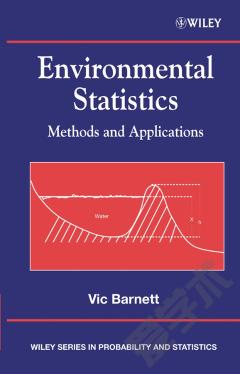
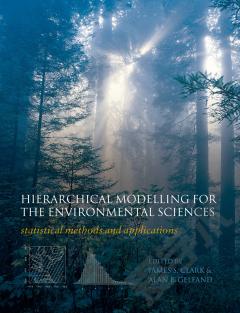

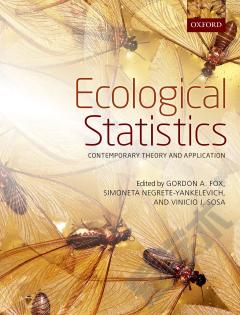
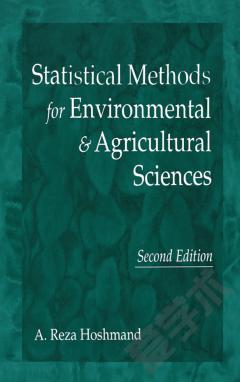
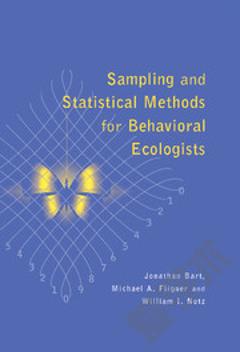
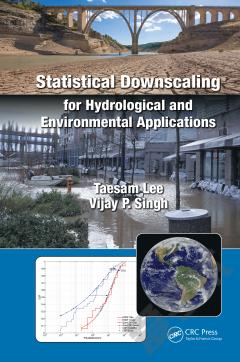

 京公网安备 11010802027623号
京公网安备 11010802027623号